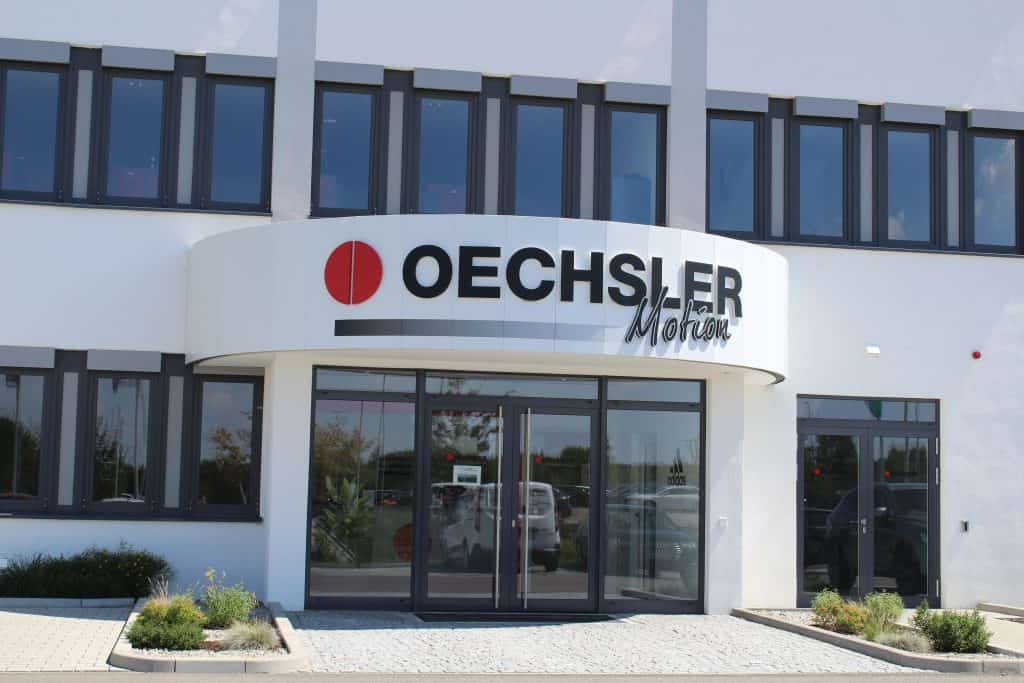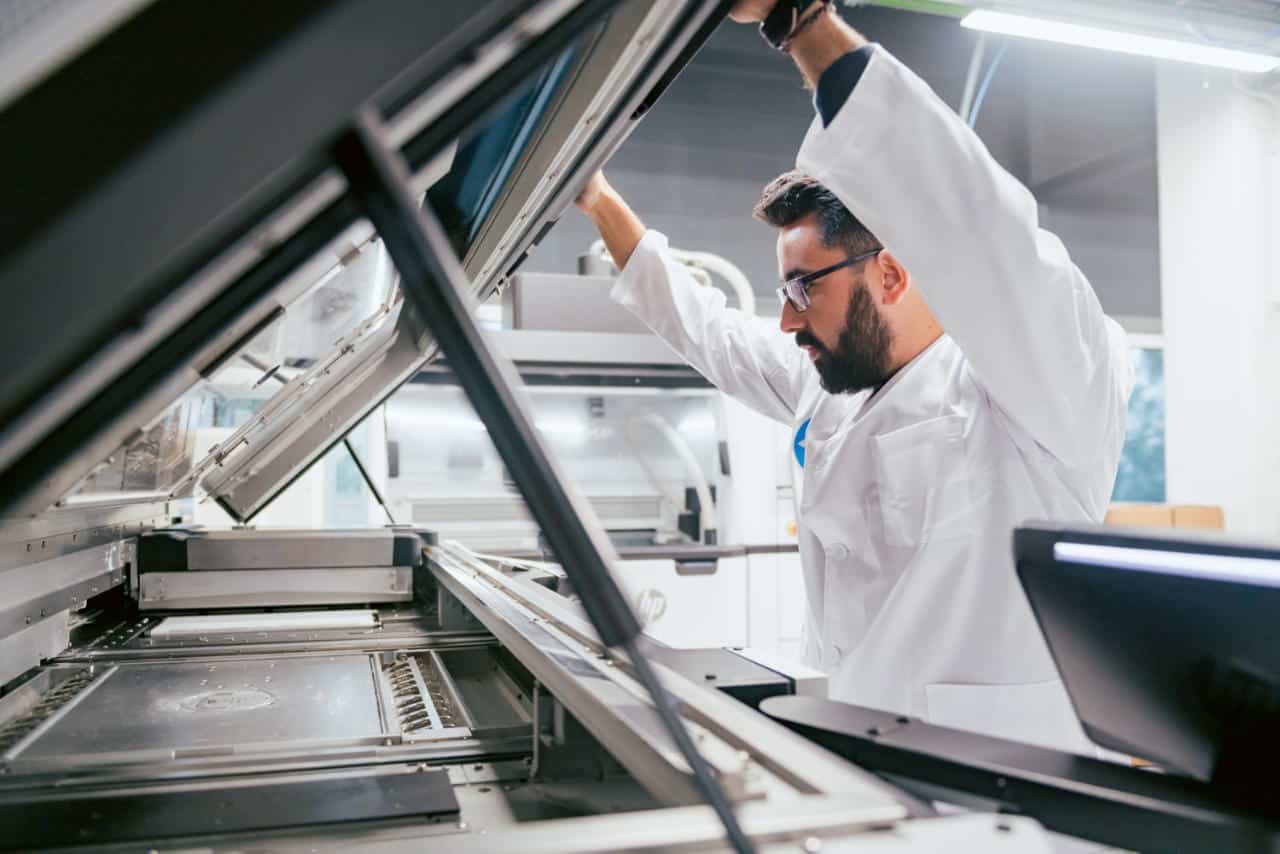Multinational printing firm HP (HPQ) has announced that its revenue rose 3.9% in Q2 2022, thanks in part to the strong performance of its 3D printing division.
More from the News
During the course of Q2 2022, HP generated $16.5 billion, some $600 million more than the $15.9 billion it managed to bring in over Q2 2021. While the firm’s Printing segment continued to be impacted by supply issues and COVID-related office closures, this was partially offset by its industrial graphics and 3D portfolio, which delivered double-digit revenue growth over H1 2022.
“We delivered a solid quarter of revenue and non-GAAP EPS growth, while returning significant capital to shareholders,” said Enrique Lores, HP’s President and CEO. “Collectively, our key growth businesses grew double digits and drove $5.6 billion in revenue in the first half of the year. Our consistent performance in the face of a volatile macro environment gives us confidence in our plans to build a stronger HP.”
HP’s Q1 2022 financial results
HP reports its financials across two core segments: Personal Systems and Printing. The former includes any revenue generated by the company’s workstations, notebook or desktop systems, and the latter covers income gained from its supplies business, in addition to that brought in by either its consumer or commercial hardware offerings.
During Q1 2022, HP’s Personal Systems continued to be its highest earner, bringing in $11.5 billion, a 9.3% rise on the $10.6 billion it generated in Q1 2021. However, the impact of the division’s performance on the firm’s numbers was slightly diminished by a 6.8% decline in its Printing revenue, caused by supply and lockdown issues, which led its commercial unit sales to fall 17% and consumer unit sales to drop 24%.
Although HP doesn’t report in any detail on the financial performance of its 3D printing business, it does occasionally issue updates on the segment’s top-line numbers. Over H1 2022, for instance, the company’s 3D division is said to have achieved double-digit revenue growth, and alongside the firm’s workforce solutions and industrial graphics offerings, delivered a total revenue of around $5.6 billion.
This figure, which puts HP on-course to reach its $10 billion FY revenue target for these businesses, also saw its cumulative part output for the period rise by more than 50%, and pass the 130 million mark. Having agreed a partnership with the Legor Group in Q2, the firm now intends to develop new metals for jewelry and fashion customers, something it sees as an ‘important milestone’ in its 3D printing plans.
| Revenue ($) | Q2 2021 | Q2 2022 | Difference (%) | H1 2021 | H1 2022 | Difference (%) |
| Personal Systems | 10.6bn | 11.5bn | +9.3 | 21.2bn | 23.7bn | +12.1 |
| Printing | 5.3bn | 5bn | -6.8 | 10.4bn | 9.8bn | -5.5 |
| Total | 15.9 bn | 16.5bn | +3.9 | 31.5bn | 33.5bn | +6.3 |
Tracking HP’s 3D printing progress
Following on from the 9% revenue growth it achieved in Q1, HP’s Q2 2022 results reflect a period of continued growth for the firm, in which it has managed to expand on both the breadth and application of its 3D printing portfolio. Back in January, it was revealed that grocery delivery company Ocado had begun 3D printing parts of its pick-and-pack robots using HP’s MultiJet Fusion (MJF) technology.
Plastics technology developer Oechsler has also entered into a seven-figure partnership with HP and AMT, as a means of building on its serial 3D printing capabilities. While the sale is likely to only have had a limited impact on HP’s result given the verticals its vast portfolio addresses, the move has now allowed MJF units to better serve Oechsler’s industrial, automotive and sporting goods clientele.
Moving forwards, the performance of HP’s 3D printing division is likely to not only be boosted by the materials that come from its work with the Legor Group, but by its Choose Packaging acquisition. Wrapped up in Q1, the deal has seen the company buy into a technology that enables the creation of paper-based plastic bottle alternatives, which it plans to use to disrupt what it sees as a $10 billion market.

Predicting macroeconomic turbulence
As HP moves into Q3 2022, it has raised its FY 2022 non-GAAP net EPS guidance to between $4.24 and $4.38, reflecting the confidence of its leadership that market conditions will improve moving forwards. That being said, this doesn’t include an anticipated $0.45 cost per diluted share in the coming period, related to restructuring, acquisition, amortization, tax adjustment and Russia-related charges.
In the process of concluding her prepared remarks on HP’s Q2 earnings call, CFO Marie Myers explained how its fortunes in H2 will hinge on macroeconomic conditions. According to Myers, the firm is set to benefit from China’s plans to ease lockdowns in June, however, ceasing trade with Russia could cost it $1 billion in revenue per year, and she expects to see its Print supply chain issues continue.
“In Print, we expect solid demand in consumer, favorable pricing, disciplined cost management and further normalization in mix, as commercial gradually improves through 2022,” concluded Myers. “But with regards to supply chain, we expect things to be similar to Q2, with component shortages and logistics delays constraining revenue. We expect these conditions to continue at least through 2022, but with some improvement into the latter part of the year.”
Subscribe to AM Chronicle Newsletter to stay connected: https://bit.ly/3fBZ1mP
Follow us on LinkedIn: https://bit.ly/3IjhrFq
Visit for more interesting content on additive manufacturing: https://amchronicle.com/


